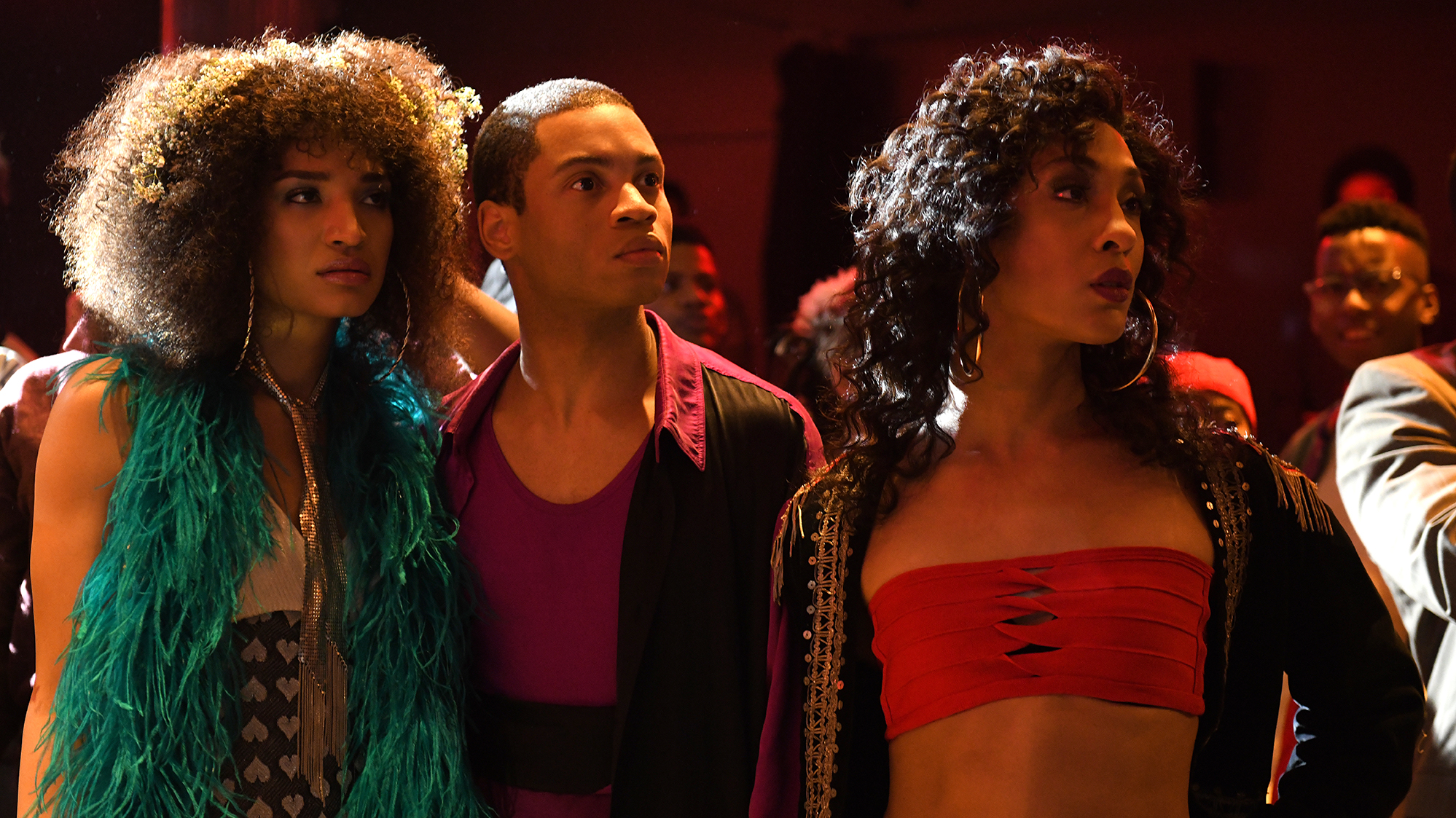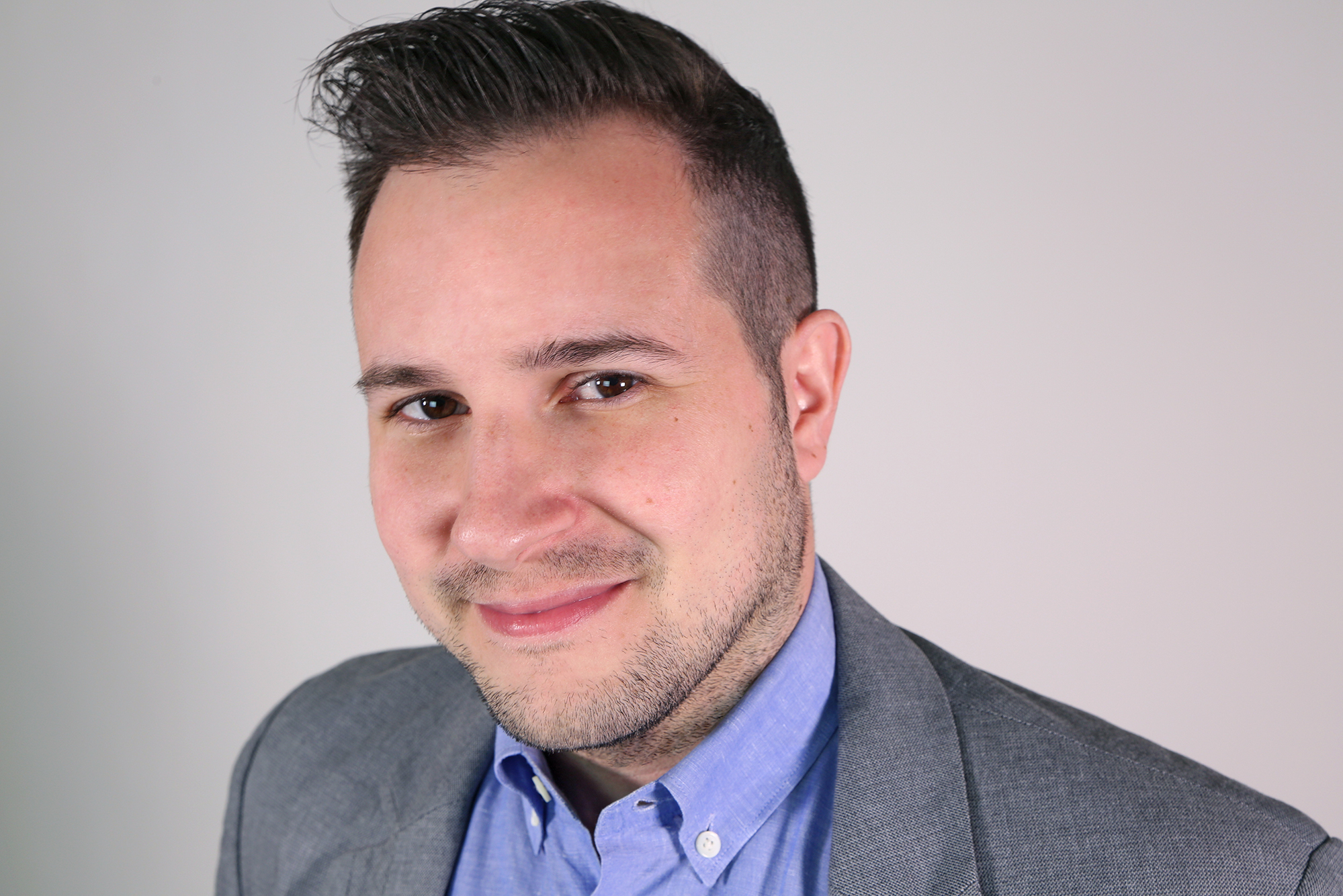Charting the Course of TV Representation
GLAAD’s Rich Ferraro tracks how LGBTQ people are portrayed in media

At the CultureX Conversations virtual event on Tuesday, March 16, Rich Ferraro, the chief communications officer of GLAAD, the world’s largest LGBTQ media advocacy organization, will engage in a discussion about LGBTQ characters and storylines on television, a topic the organization has been studying for years and honoring at its GLAAD Media Awards since 1990. Ahead of the event, Ferraro and GLAAD shared some topical questions and answers about the subject for Multichannel News.

MCN: We have seen a shift over the past several years in the number of LGBTQ stories that have been told on TV. Do you think the growth in LGBTQ stories as a whole accurately reflects the diversity of the community? What stories are still underrepresented on TV?
Rich Ferraro: Over the past several years, we’ve certainly witnessed an overall growth in LGBTQ representation on television, but it’s no secret that many of those stories have centered on white cisgender gay or lesbian experience. Not until recently have we started to see a larger expansion of LGBTQ stories about people of color, as well as stories that spotlight diverse identities within our own community. Shows like Pose, Veneno, Vida, 9-1-1: Lone Star, Love, Victor and many others have paved the way for more diverse stories about LGBTQ people of color to be told.
A promising finding from this year’s Where We Are on TV report was that racial diversity of LGBTQ characters is up on every platform, which is something GLAAD has been calling on from the industry for years. However, we’re still seeing underrepresentation of many groups within our own community, including bisexual and transgender people, disabled LGBTQ people and people living with HIV. Specifically, this year’s report found that there are only three characters on television who are living with HIV — all appear on FX’s Pose — which is down from nine characters the year before. Earlier this year, GLAAD announced that it is calling on the industry to erase stigma through authentic storytelling by introducing no less than three new regular or recurring LGBTQ characters living with HIV each year.
The findings of this study send a clear and powerful message to brands that including LGBTQ people in ads, TV and films is good for business and good for the world.
Rich Ferraro
MCN: How have LGBTQ stories and characters evolved since you started at GLAAD in 2008?
RF: When I started, it was a major news story when a gay character was introduced and we often worked with publicity teams to prepare crisis communications plans to anti-LGBTQ backlash. Just a year after I started at GLAAD is when Modern Family premiered on ABC. At the time, it was revolutionary for a gay couple to be depicted in such a positive and multi-dimensional way on broadcast television. Each week, Cam and Mitchell’s relationship appeared on TV screens across the country, most likely introducing many Americans to their first gay parents.
Now those crisis communications plans are not only not needed, but LGBTQ characters are the root of extremely celebratory earned media and social buzz. Series like Pop TV’s Schitt’s Creek, which has a pansexual character as a lead and a gay man as an EP, has been sweeping the biggest award shows in Hollywood. Groundbreaking shows like FX’s Pose and HBO Max’s Veneno have made history for trans representation, both on and off screen, and continue to highlight the importance of spotlighting and amplifying trans voices of color.
The GLAAD Media Awards recognize LGBTQ media images that grow acceptance and the first awards I ever took part in had five nominees in Drama and Comedy Series categories, with many of those shows including minor representation. At this year’s Awards, we have 10 nominees in these categories and introduced an Outstanding Children’s Programming category to recognize inclusive stories on shows aimed at young kids, because all families should see themselves reflected on screen.
The “backlash” now happens when a LGBTQ story is not handled well or when LGBTQ people are kept intentionally invisible. The GLAAD Media Institute consults with networks and content creators on LGBTQ inclusion and we are not hearing if LGBTQ inclusion should happen, but how to do so in responsible, fair, and entertaining ways.
MCN: The GLAAD Media Awards are coming up on April 8, and you just announced that they will take place virtually for a second year, this time streaming on GLAAD's YouTube and for the first time ever on Hulu. How has the virtual format changed the show, and what can we expect to see this year?
RF: At the GLAAD Media Awards, we work with the world’s biggest notables to send messages of LGBTQ acceptance around the world. Premiering on Hulu will allow these messages, including ones from our host Niecy Nash, to reach an even larger audience. LGBTQ youth are isolated at homes and so many Pride festivals and other LGBTQ safe spaces have been canceled because of the pandemic, so we are excited to bring messages of inspiration to LGBTQ youth. We have 198 nominees this year, more than ever before -- and we use these nominations and awards wins to raise the bar for inclusion. Suddenly if you are a network jockeying for a nomination, you not only need to include LGBTQ people, but to spotlight diverse segments of our community.
MCN: Last year, GLAAD and P&G released the first-ever ‘LGBTQ Inclusion in Advertising & Media’ study, which found that consumers are extremely comfortable with LGBTQ images in media and look favorably on brands who include LGBTQ people in their ads. How does this research shape the focus of GLAAD’s work to improve LGBTQ inclusion with networks and advertisers moving forward?
RF: The findings of this study send a clear and powerful message to brands that including LGBTQ people in ads, TV and films is good for business and good for the world, and should act as a catalyst for greater inclusion across industries. Nearly 70% of non-LGBTQ people who saw us in film, TV or ads said they favored a brand that included us.
In advertising, we know that significant work still needs to be done given the absence of LGBTQ representation. GLAAD will soon begin work with P&G and the Association of National Advertisers’ Alliance for Inclusive and Multicultural Marketing to develop a set of best-in-class practices and standards for brands and companies to follow when approaching LGBTQ inclusion in advertising, specifically focused on prioritizing impact and ensuring accurate and authentic representation. λ
For more information about the CultureX Conversations event, go to CultureXevents.com.
Multichannel Newsletter
The smarter way to stay on top of the multichannel video marketplace. Sign up below.
